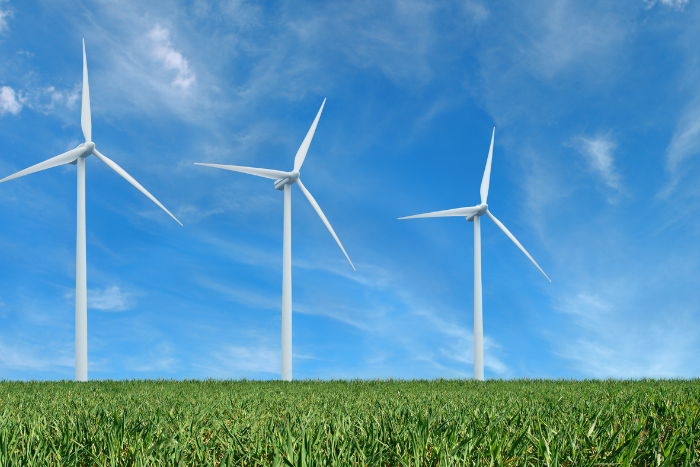India is going to spend between ₹1.8 lakh crore and ₹2 lakh crore, to significantly increase its wind energy capacity, with a projected addition of nearly 25 gigawatts (GW) between fiscal years 2025 and 2028, compared to about 9 GW added between 2021 and 2024, Crisil Ratings said.
Wind power capacity provides grid balancing and continuous power supply in contrast with solar power, which is limited to daylight hours. “Hybrid and storage-linked projects would push higher wind additions. Nearly 30-50% of capacity of these projects will comprise wind power as these require developers to provide renewable power throughout the day, especially demand peaks during evening and night hours,” Ankit Hakhu, director, Crisil Ratings, said. India’s focus on wind energy had previously slowed, with annual capacity additions dropping to 1.7 GW from 2018 to 2023, down from approximately 3.0 GW annually from 2014 to 2018. The decline was attributed to a lack of connected sites with high wind potential and diminished returns for developers following aggressive bidding.
Glitches in national portal slow down rooftop solar installations
National Portal, which serves as a platform to commission residential solar systems, is facing bugs and glitches, which is impacting business of rooftop solar installers, Mercom reported. The portal is used for registration, uploading feasibility documents and project completion reports and applying for subsidy. The portal’s instability has caused a backlog of thousands of pending requests, leaving installers and customers frustrated, the outlet said.
Last year’s peak season, rooftop solar installer Surendra Chaudhary’s firm Solar Planet raked in ₹4 million (~$48,000) to ₹5 million (~$60,000) a month. Business is now bringing him a mere ₹300,000 (~$3,600) to ₹400,000 (~$4,800) a month. “Customers have lost faith in us because it is impossible to do anything on the portal,” he said, adding that there are new bugs every step of the way, the outlet reported.
Solar wafer prices decline, sparking concerns over producer survival prospects
Prices of Chinese solar wafers have drastically fallen this week once again, underscoring the prevalent oversupply and the lackluster demand in the market, reported PV Magazine. Mono PERC M10 and N-type M10 wafer prices decreased by 2.58% and 8.81% week-to-week, reaching $0.189 per pc and $0.176/pc, respectively.
Similarly, Mono PERC G12 and n-type G12 wafer prices dropped by 0.76% and 2.18% week-to-week at $0.261/pc and $0.269/pc, respectively. According to OPIS’ market survey, the average transaction prices of Mono PERC M10 and N-type M10 wafers in the Chinese domestic market have descended to around CNY1.52 ($0.21)/pc and CNY1.41/pc, respectively. OPIS, a Dow Jones company, provides a quick look at the main price trends in the global PV industry.
An industry insider even cited a transaction price of CNY1.35 for n-type M10 wafers, suggesting the potential direction of n-type wafer prices in the immediate future.
Solar projects in SEZs catering to green hydrogen plants exempt from ALMM
Solar PV modules for renewable energy projects located inside a Special Economic Zone (SEZ) or an Export Oriented Unit (EOU) and supplying power exclusively to green hydrogen (or its derivatives) projects have been exempted from the Approved List of Models & Manufacturers (ALMM) by the Centre, reported Mercom.
The ministry defines green hydrogen as hydrogen produced using renewable energy, including but not limited to production through electrolysis or biomass conversion.
In another memorandum, the ministry also gave a similar exemption to renewable energy projects from the purview of the Revised List of Models & Manufacturers (RLMM) for wind turbine models under the guidelines for development of onshore wind projects.
About The Author
You may also like
Non-Fossil Fuels Generates One-Third of India’s Electricity in 2025
India on track to achieve 2030 clean energy target
India to add 45GW solar capacity in FY 2026: Study
Government Proposes for ALMM Expansion for Solar Backward Integration
China’s renewable energy expansion can fuel global energy transition: Report

